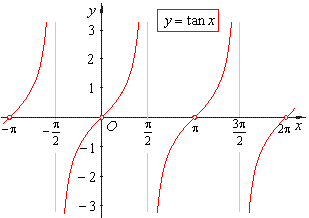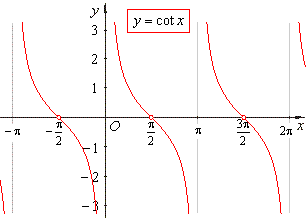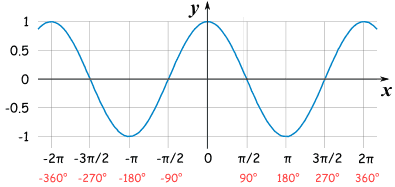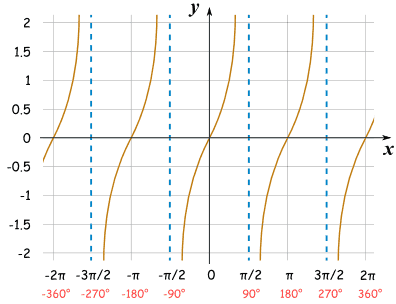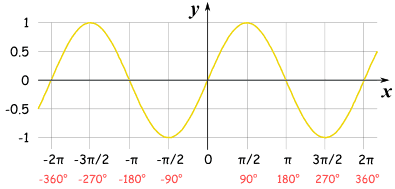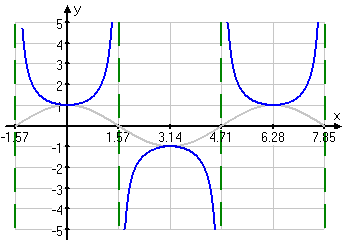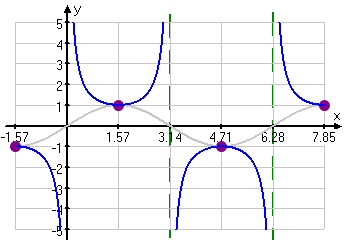How do the trig graph relate to the Unit Circle?
The trig graph relate to the Unit Circle, because it is the Unit Circle just need unwrapped that's
all. So it will become horizontal and correspond with the Unit Circle.
For instance, sine it is only positive in the first, and second quadrant. When you unwrap it it would be positive from 0 degrees to 180 degrees, which is 0 to pi.
For cosine, it is positive only in the first and the fourth quadrant, which is from 0 to pi/2.
For tangent, it is only positive in the first quadrant and the fourth quadrant, which is from 0 to pi/2.
Periods? -Why is the period for sine and cosine 2pi, whereas the period for tangent and cotangent is pi?
The period for sine and cosine 2pi because that's so how long it takes to repeat itself. So, for sine it is +,+,-,-. For cosine it is +,-,+,-, and for tangent is +,-,+,-.
Amplitude? How does the fact that sine and cosine have amplitude of one (and the other trig functions don't have amplitudes) relate to what we know about the Unit Circle?
Amplitude is half the distance of a period on a graph. Sine and cosine have an amplitude of 1 because based on the Unit CIrcle. That is why we cannot take the inverse of sine and cosine when it is greater than 1 or greater than -1. Other trigs does not have an amplitude because it goes on forever. Which mean that the domain is negative infinity to positive infinity. We just need to find the range.
